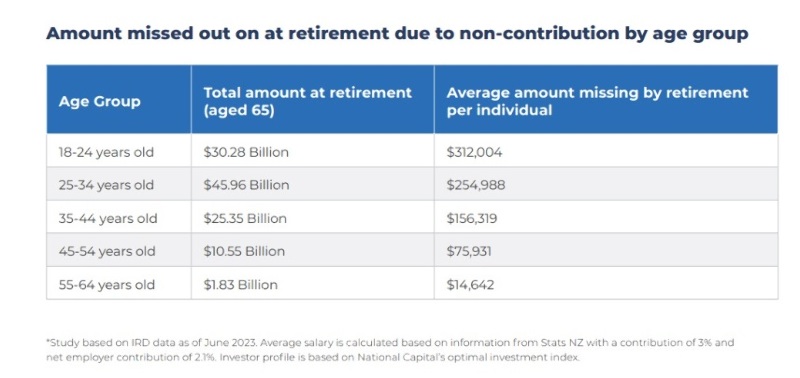Minister of Commerce and Consumer Affairs Andrew Bayly says he wants to focus on capital markets and KiwiSaver providers have a part to play.
“The thing about KiwiSaver and capital markets in general is how do we get more capital coming into businesses, how do we make sure financing around debt is appropriate?”
He wants to make it easier for providers to invest in New Zealand business, but says there is also an issue around the settings of KiwiSaver itself.
He plans to look at it later this year and doesn't anticipate difficulty in doing so.
“No, I don’t think so. I’ve started having those conversations but part of that is working with my coalition partners. We’re in a coalition government and we need to make sure we’ve got the right settings. I think there are areas we could look at improving.”
Act KiwiSaver policies pre-election
In an alternative budget put forward by Act leader David Seymour while campaigning last year, KiwiSaver subsidies would become targeted. Members would be eligible for a subsidy of up to $521.43 capped at 5% of a participant’s taxable income. The maximum subsidy amount would reduce by 3% per dollar of income above $48, 000, reducing to zero by around $65, 000.
Act policy is to gradually increase the age of eligibility for superannuation but it would de-link the KiwiSaver withdrawal age from superannuation age and keep it at 65.
NZ First KiwiSaver announcements
Among New Zealand First’s 2023 election planks it announced that at a certain balance, it would give KiwiSaver members full access to their savings to downsize their mortgage. It said this was based on the Singaporean model.
Other KiwiSaver related initiatives included that it would: make KiwiSaver membership compulsory from the age of 18 after commencing employment; restore the kickstart with auto-enrolment at birth from 1 July 2024, encourage all under 18 year olds to get into KiwiSaver by offering an annual state contribution of $250, if $250 has been saved in the preceding year up until the 18th birthday; and to support the growth of KiwiSaver funds review fees and increase the government contribution in line inflation since 2007 (48%) to a current maximum of $1540.
It would also maximise returns by “repealing woke KiwiSaver default investment rules that stop investment into any lawful sector while ensuring the NZ Superfund is similarly unencumbered.”
National policy pre-election
The National party announced it would allow KiwiSaver members to split their balance across multiple providers.
Bayly says this was aimed at those with higher balances, a minimum of $100, 000 and more likely between $300-400, 000.
“I know there are a number of operators offering that type of scheme but people may want to change managers because you might be great in terms of investing in Europe but over here these guys invest in doing clean energy type investments and they’re the best managers of that. So that would give flexibility.”
He says he’s not sure about the party’s other pre-election promise to allow students to dip into their KiwiSaver to pay for tenancy bond deposits.
“That’s something we’d need to test with our coalition partners.
He says the big issue is people are simply not contributing enough into KiwiSaver. “
Would he increase contribution rates each year as the Australian government has done?
“That’s all up for discussion, I haven’t engaged yet with coalition partners.”
Right now his focus is the CCCFA reforms, the insurance contracts bill before the house, the customer data rights bill which is part of laying open banking, and he wants to reform the Companies Act.
“Later this year when I get through all that, when most of that work stream is completed or near completed, is to focus on capital markets.
